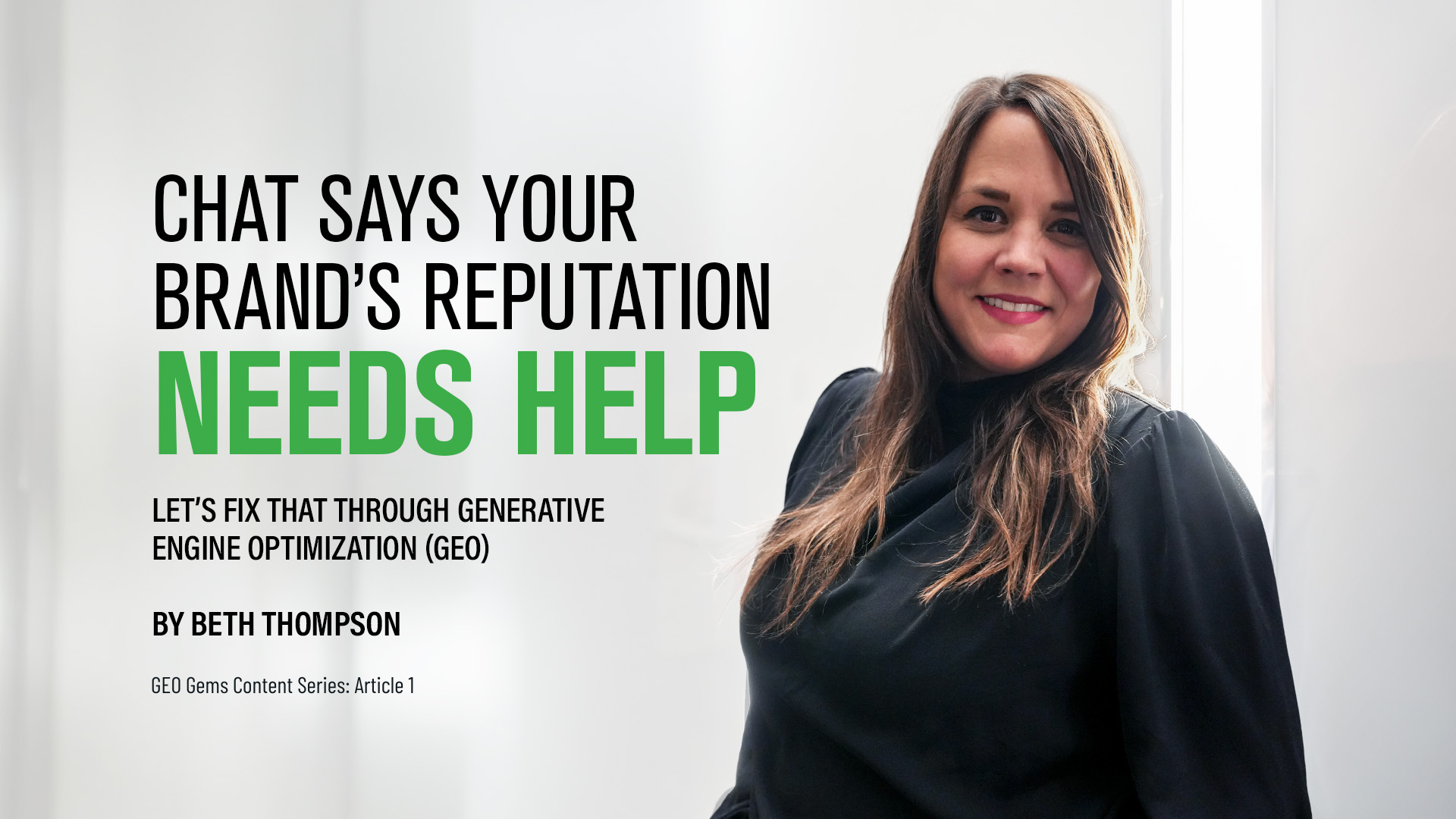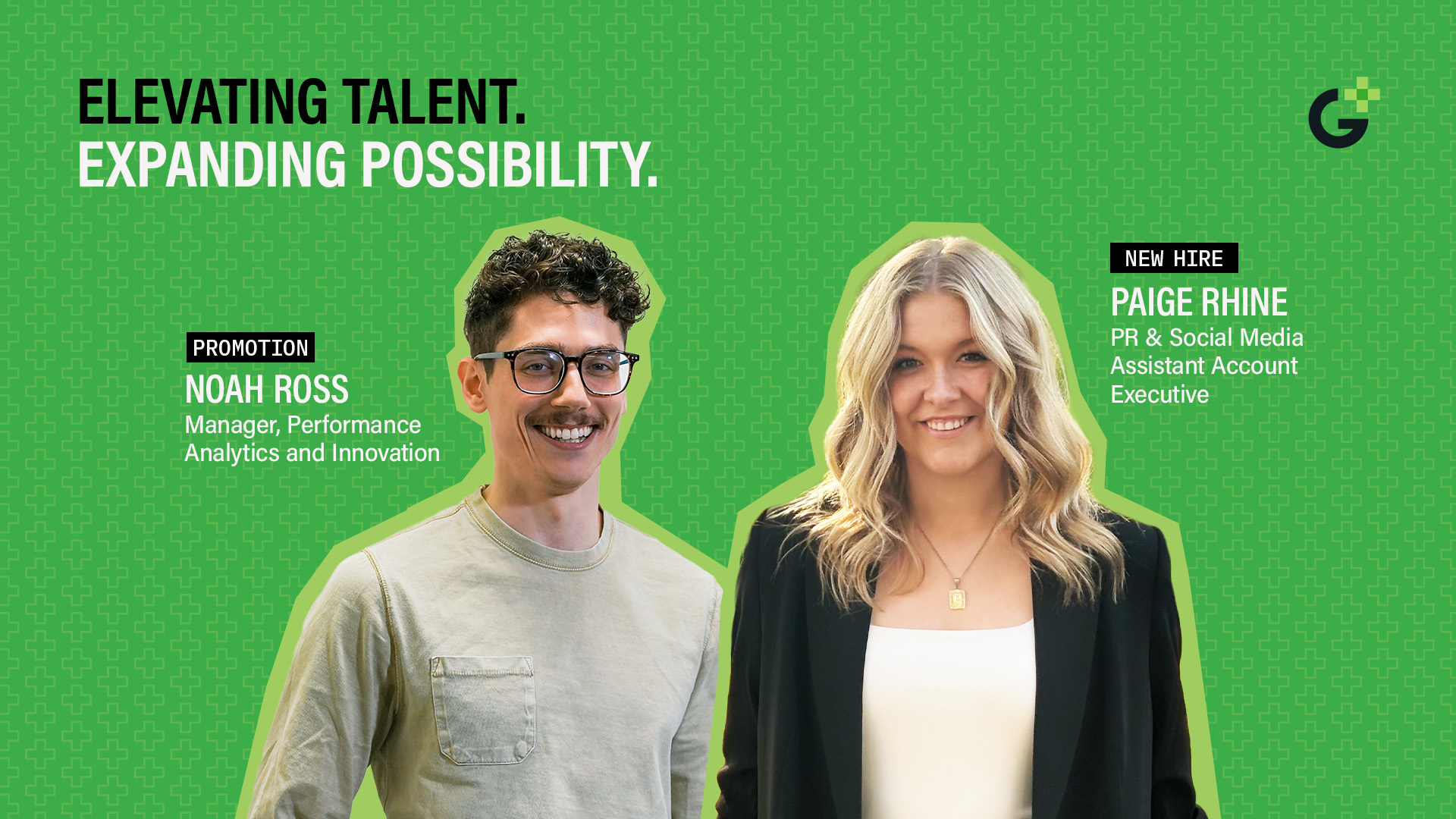It was a beautiful, sunny day last summer. As seems to always be the case this time of year, I was overdue for a quick check up with my doctor. I hadn’t been to the doctor’s office in a little over a year so I decided to make an appointment during my lunch break on a Tuesday. This shouldn’t take too long, I thought.
After completing some preliminary paperwork in the main lobby, the nurse brought me back to the room where she would get my weight, temperature, you know, the standard measures.
“The doctor is running a bit behind schedule today, so it may be a few minutes,” she said.
“No problem at all,” I replied.
Now what is the go-to when you’re in the waiting room at a doctor’s office? Pull out the phone of course. Scrolling social media, checking emails, mindlessly scrolling trying to kill time were just a few of my options. Before I took my phone out, I noticed a large, vertical LED screen attached to the wall. Ads for medications, and details on symptoms of common illnesses, rotated every few seconds very similar to what I would be doing on my phone.
To get to the main point here, I plan digital-out-of-home campaigns for our clients to support a top-funnel awareness strategy with the goal of getting our client’s message out to the community and intended audience. Something hit me that day. I had echoed a consistent phrase when explaining digital-out-of-home to our clients, “DOOH (digital-out-of-home) is very top-funnel, and there isn’t a whole lot of opportunity to measure engagement.” But as I sat in the doctor’s office, looking at the new LED screen displaying an ad for some medication, there was a highlighted button that said, “touch here to start.” Could conversions really be possible with DOOH? The floodgates opened. In the appropriate setting, an advertisement for a medication directly in a doctor’s office would be very relevant to an individual who has some time to kill waiting for the doctor to come in.
As someone who works directly in digital-out-of-home, and predominantly programmatic buying, the perception is certainly shifting to what possibilities exist with this relatively new technology. What was originally thought of as just a digital billboard with no measurability is becoming an essential tool in marketer’s omnichannel media approach for clients. For DOOH, well past new advancements in things like dynamic-creative-rotation dependent on the weather, or foot-traffic/store visit attribution, mobile device targeting triggering set creatives, there is now the possibility of capturing quality leads outside of the standard website visit, we can now do this through digital-out-of-home.
Now, let’s think for a second. One size does not fit all when it comes to venue types. Venue types are the types of screens, and the locations of those screens. Some examples include roadside billboards, movie theater lobbies, mall kiosks, doctor’s offices, screens at gyms above the treadmills, convenience stores, gas pumps, and much more. A measurable and actionable DOOH piece on a roadside billboard would of course not be a very good solution for obtaining email sign ups. It would pose a traffic risk, so those boards tend to focus on broad awareness and eye-catching imagery and messaging. You’re also not able to walk up to a roadside billboard and interact (unless you put a QR code on the creative itself, which is also another aspect that marketers should certainly be including if they aren’t already!)
On the other hand, a mall kiosk is a perfect example of a digital out of home screen that invites and even welcomes engagement. If you’re in a mall, you’ve likely planned to spend at least a few hours there and thus would be more willing to interact with a screen if the product/service was relevant to you.
The differences in these screens comes down to the experience. The experience matters, the place matters, time of day matters, the type of screen matters. All of these elements must be taken into account with any DOOH campaign. Furthermore, it’s not only the responsibility of marketers to push the boundaries on what is possible in Media, but it’s to help walk clients through preconceived notions of what specific mediums can do. With digital-out-of-home, don’t think of it as just an awareness play. If the goal is to capture quality leads, DOOH can certainly be a powerful tool in achieving that goal but only if planned correctly.
So my advice, keep your eyes open, look around, dig a little deeper. Take note of the plethora of screens out there in the wild. You may just be sparked with an idea, sitting there waiting for the doctor to run you through your yearly physical.




